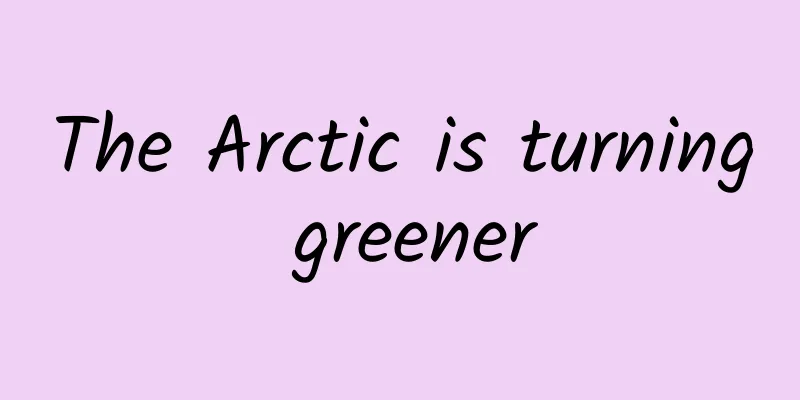The efficacy and function of tacai

|
Tacai is a medicinal material frequently used in traditional Chinese medicine and is often used to treat various diseases. Today I would like to share with you some information about Tacai. [Source] Medicinal material source: the stems and leaves of Brassica juncea of the Cruciferae family. [Original form] Tatsuocai is an annual or biennial herb. The roots are thick with a short root neck at the top. The annual basal leaves are rosette-shaped with white petioles; the leaf blades are ovate or obovate, 10-20cm long, 8-10cm wide, dark green, shiny, unlobed or with 1-2 inconspicuous lobes at the base, significantly wrinkled, thick, entire or sparsely crenate, occasionally with sparse prickles on the back, and the midrib is wide with longitudinal stripes. The stems emerge in the spring of the following year and grow in clusters; the upper part of the plant is branched, about 30-70cm high, and hairless. The stem leaves are oblong-ovate or broadly lanceolate, entire or wavy, with flat leaf surface and base hugging the stem. Racemes grow at branch tops; 4 sepals, yellow; 4 petals, light yellow, obovate, 4-5mm long, veined, with short claws at base; 6 stamens; 2 slightly shorter, long stamens 2.5-3mm long, short stamens 2-2.5mm long; 1 pistil, ovary cylindrical, slightly quadrangular, 2-2.5mm long, style thin, stigma enlarged, oblate. The silique is oblong, 2-4cm long, with flat lobes, obvious midrib and reticulate lateral veins, and a short and thick beak at the tip. The seeds are spherical, dark brown or reddish brown, and have honeycomb patterns. The flowering period is March-April, and the fruiting period is April-May. [Chemical composition] Tender stems and leaves contain protein, fat, carbohydrates, crude fiber, calcium, phosphorus, iron, carotene, riboflavin, niacin, vitamin C, etc. 【Nature and flavor】 sweet; neutral 【Meridian】 Liver; spleen; large intestine 【Functions and indications】 Soothes the liver and strengthens the spleen; lubricates the intestines and promotes bowel movements. Mainly used for liver and spleen disharmony; food stagnation; abdominal distension; poor appetite; constipation 【Usage and Dosage】 For oral administration: appropriate amount, stir-fry or cook. 【Excerpt】 Chinese Materia Medica We know the effects and functions of Tacai, how to eat Tacai, etc. I believe the above content can help you! |
<<: The efficacy and function of Physalis
>>: The efficacy and function of the root of sour
Recommend
The efficacy and function of chicken crop leaves
Gastrodia elata is a very good medicinal material...
How to handle fresh Cynomorium songaricum
How should fresh Cynomorium be processed? There a...
The efficacy and function of the grass fruit
Everyone is familiar with the Chinese toad fruit,...
The efficacy and function of Qingyangjiao
In modern life, everyone is very familiar with va...
Dark fermented food, nicknamed "public toilet", even foodies will tremble
Fermentation is a food processing method with a l...
What are the effects of Qinjiao
Normally, the adverse reactions caused by bacteri...
What are the effects and functions of ginseng dripping pills
Ginseng drops can effectively delay the aging of ...
The efficacy and function of white peony root
Peony root, also known as red peony root, is a ki...
Why can't people only eat meat or only eat vegetables? Omnivores are rare and powerful
It is ridiculous for carnivores to claim that the...
Lunar back sampling, intelligent rockets... 2024 China Space "Spoiler" | Expo Daily
2024 China Space Program Spoilers On February 26,...
Do almonds have an aphrodisiac effect?
Speaking of almonds, perhaps everyone is not very...
The efficacy and function of honey bees
Bee roe is very familiar to everyone. It has a lo...
How dangerous is asthma? This article answers questions about asthma
If early intervention is carried out on asthma pa...
Science Time Machine | The “birth” of batteries can actually be thanked to frogs?
One of the important qualities of scientists is t...
The efficacy and function of butterfly vine
Do you know about butterfly vine? It is a common ...





![The efficacy and function of Sichuan costusroot[picture]](/upload/images/67ca5df9abc69.webp)



